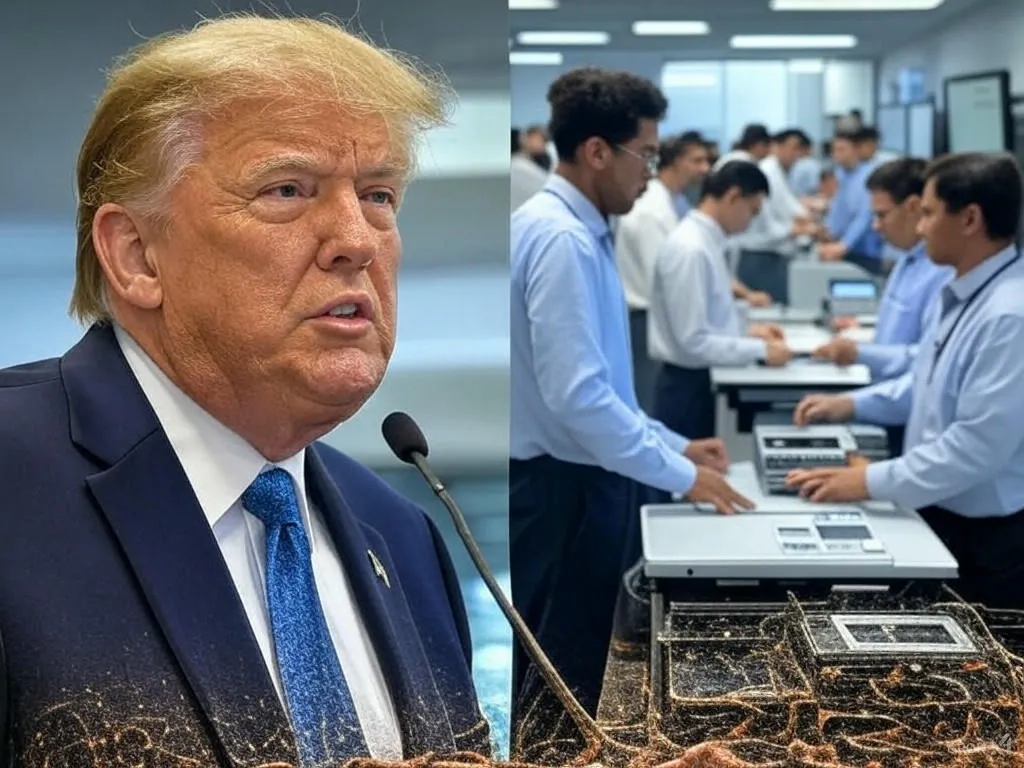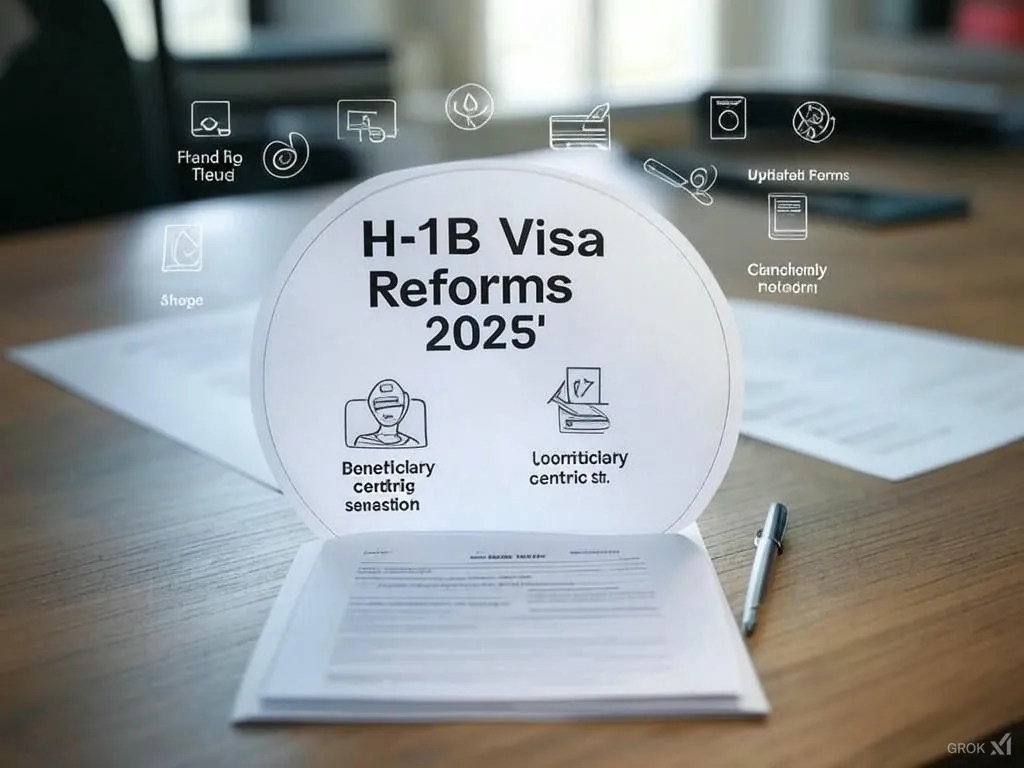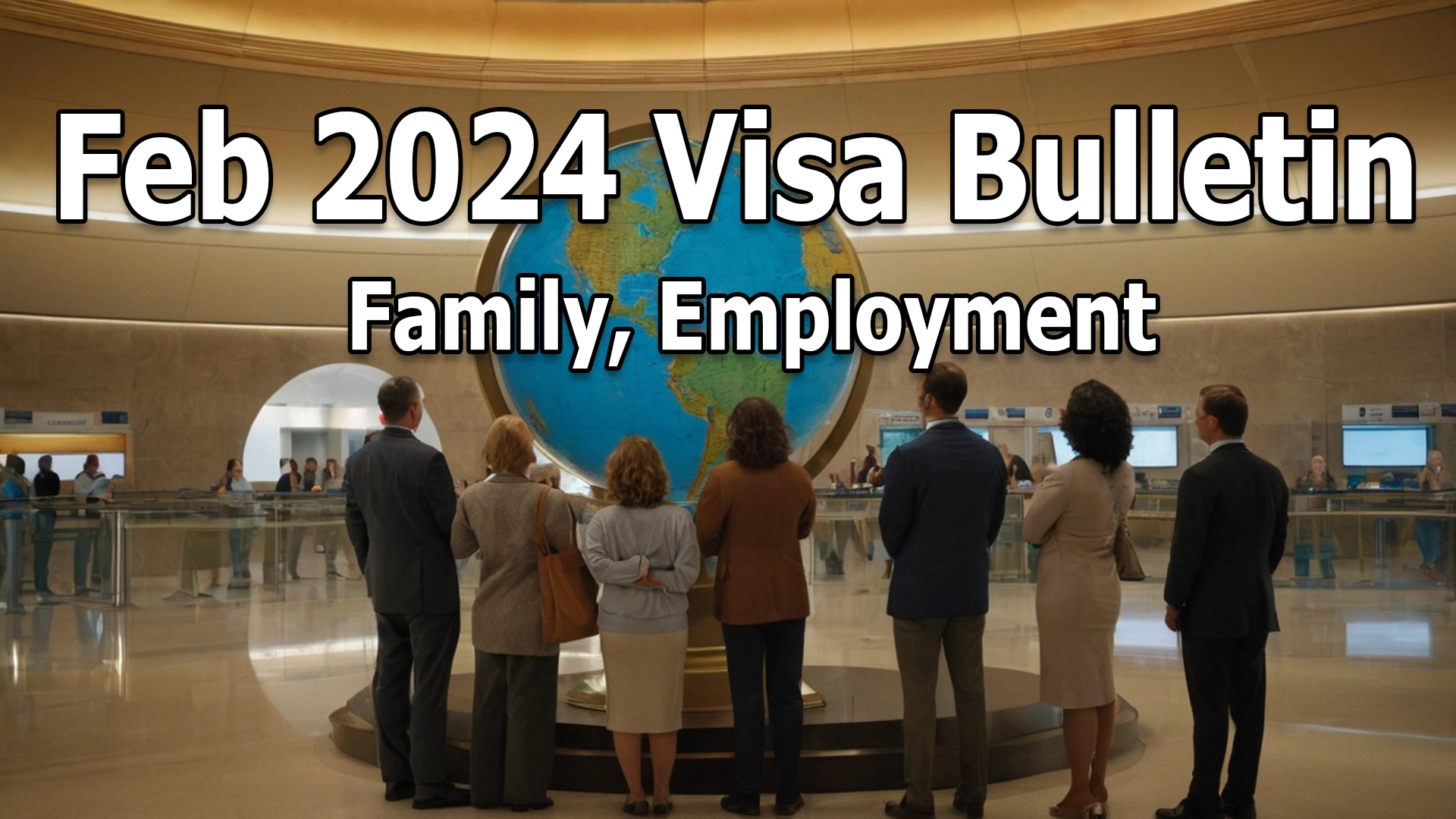Trump H-1B Visa Policy 2025: The H-1B visa program has always been a topic of heated debate in the U.S., especially under the Trump administration. With 2025 on the horizon, the conversation around Trump’s H-1B visa policy continues to spark discussions among supporters, businesses, and policymakers. This article dives into the latest updates, the divide among Trump supporters, and what the future holds for the H-1B visa program.
- Post Pandemic Immigration : Record Green Card Interviews and Visa Backlog Solutions
- UK visa jobs for foreigners: Visa Opportunities in Tech, Healthcare & More
- Business Immigration Under Trump: H-1B Visa Changes Explained
- Elon Musk H-1B visa: Why America Needs Global Talent ?
What is the H-1B Visa Program?
The H-1B visa program allows U.S. companies to hire foreign workers in specialized fields like technology, engineering, and medicine. It’s designed to fill labor shortages in high-demand industries by bringing in skilled professionals from around the world. However, critics argue that the program can displace American workers and suppress wages.
The program has been a cornerstone of U.S. immigration policy for decades, but its future remains uncertain as debates over its impact on the economy and workforce continue.
Trump’s Stance on the H-1B Visa Program
During his presidency, Donald Trump took a tough stance on immigration, often emphasizing the need to prioritize American workers. However, his views on the H-1B visa program were more nuanced. In a recent speech, Trump highlighted the importance of attracting “competent people” to the U.S., including engineers, experts, and even high-quality waiters.
This approach has created a divide among Trump supporters. Some believe the program is essential for economic growth, while others argue it harms American workers. Let’s break down the key arguments from both sides.

Key Arguments from Trump Supporters
- Pro-H-1B Supporters:
- Skilled foreign workers drive innovation and help businesses grow.
- The program is critical for industries like technology and healthcare.
- It allows U.S. companies to compete globally.
- Anti-H-1B Supporters:
- The program can displace American workers and lower wages.
- Some companies abuse the system to cut costs.
- Stricter regulations are needed to protect U.S. jobs.
H-1B Visa Statistics and Trends
To understand the impact of the H-1B visa program, let’s look at some key statistics and trends over the years.
H-1B Visa Data (2020-2025)
| Year | Applications Received | Visas Issued | Top Countries of Origin |
| 2020 | 275,000 | 85,000 | India, China, Canada |
| 2021 | 308,000 | 87,500 | India, China, Philippines |
| 2022 | 483,000 | 127,000 | India, China, South Korea |
| 2023 | 758,994 | 130,000 | India, China, Mexico |
| 2024 | 470,342 | 114,017 | India, China, Brazil |
| 2025 | 500,000 (estimated) | 120,000 (estimated) | India, China, Philippines |
Source: U.S. Citizenship and Immigration Services (USCIS)
The table shows how the number of applications and visas issued has fluctuated over the years. India and China remain the top countries of origin, reflecting the global demand for skilled workers in the U.S.
Reforms to the H-1B Visa Program in 2025
The H-1B visa program is undergoing significant changes in 2025. These reforms aim to address concerns about fraud, fairness, and the program’s impact on American workers.
Key Reforms for 2025
- Beneficiary-Centric Selection Process:
- Each individual is entered into the lottery only once, reducing the chances of multiple applications.
- Stricter Fraud Prevention Measures:
- Mandatory passport or travel document information is now required for each beneficiary.
- Higher Filing Fees:
- The filing fee for cap-subject petitions will increase from
- 460to
- 460to780.
- Expanded Cap Exemptions:
- Nonprofit and governmental research organizations can now hire H-1B workers without being subject to the annual cap.

The Economic Impact of the H-1B Visa Program
The H-1B visa program has a significant impact on the U.S. economy. Here’s a breakdown of its benefits and challenges.
Pros and Cons of the H-1B Program
| Pros | Cons |
| Fills labor shortages in key industries | Can displace American workers |
| Drives innovation and economic growth | May suppress wages for U.S. employees |
| Helps U.S. companies compete globally | Some companies abuse the system |
What’s Next for the H-1B Visa Program?
- Increased Scrutiny of Applications:
- Employers may face stricter documentation requirements.
- Higher Wages for H-1B Workers:
- Raising minimum wage requirements could protect U.S. workers.
- Expansion of Cap-Exempt Categories:
- More organizations may qualify for exemptions, helping address labor shortages.
Conclusion
The H-1B visa program remains a critical part of U.S. immigration policy, but its future is uncertain. As debates continue, it’s clear that finding a balance between economic growth and job security will be key to shaping the program’s future. Whether you support or oppose the H-1B visa system, one thing is certain: it will remain a hot topic in 2025 and beyond.
FAQ Related To Trump H-1B Visa Policy 2025
The H-1B visa program allows U.S. employers to hire foreign workers in specialized occupations like technology, engineering, and medicine.
Trump has expressed support for bringing in skilled workers but also emphasized the need to protect American jobs.
Key reforms include a beneficiary-centric selection process, stricter fraud prevention measures, and higher filing fees.









